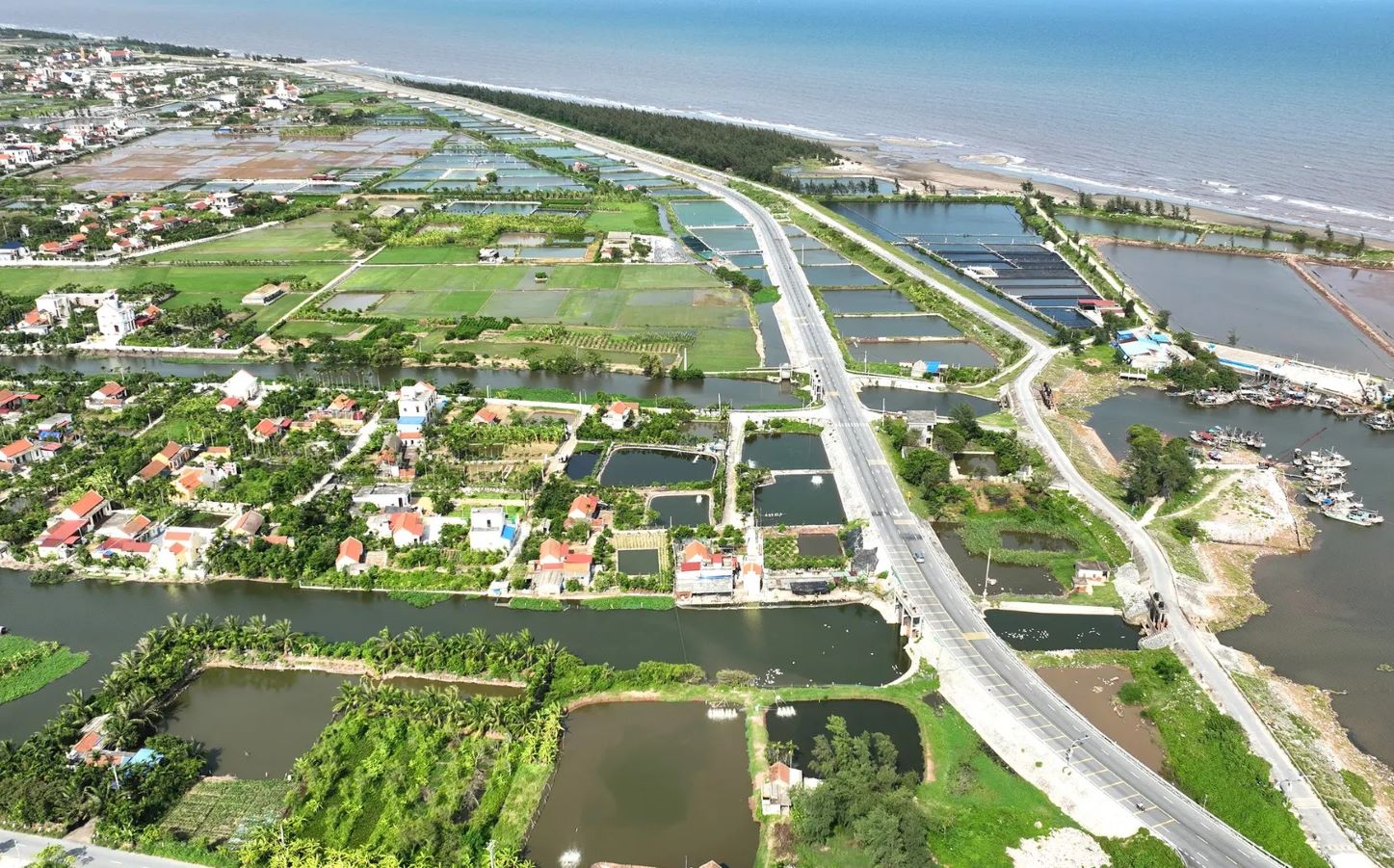Textile and garment export turnover in 2024 is estimated to reach 44 billion USD, an increase of nearly 11.3% compared to last year, according to the Vietnam Textile and Apparel Association (Vitas).
The information was stated by Vitas Chairman Vu Duc Giang at the press conference on November 19. This year’s import turnover is estimated to reach 25 billion USD, an increase of nearly 14.8%. Thus, Vietnam’s textile and garment industry is expected to have a trade surplus of 19 billion USD, an increase of approximately 7% compared to 2023.
The US is still the largest buyer of Vietnamese garments, estimated at more than 16.7 billion USD, an increase of 12.3% compared to last year. This market accounts for nearly 38% of the total export turnover of this product. Next is Japan with 4.57 billion USD, EU with 4.3 billion USD, Korea with 3.93 billion USD, China with 3.65 billion USD and Southeast Asia with 2.9 billion USD.
According to Vitas, this year’s results were achieved thanks to the textile industry benefiting when 17 free trade agreements (FTAs) took effect. In the context that the world situation continues to be complicated and trade recovers slowly, Vietnamese businesses make good use of the order shifting trend, have strategies to diversify products and markets and gradually improve capacity. administration. Domestic garment enterprises are also gradually meeting green standards.
Mr. Vu Duc Giang forecasts that next year’s textile production situation will be relatively favorable. Therefore, the industry plans to export 47 – 48 billion USD by 2025. According to Vitas, most businesses have orders for the first quarter and are negotiating orders for the second quarter.
However, according to Mr. Giang, unit prices have not increased and businesses still have few large orders, mainly small ones, with fast delivery times and strict requirements.
In addition, new generation FTAs are more demanding on the origin of yarn and fabric, leading to a shortage of raw material supply. Because Vietnam is still dependent on importing many types of fibers and fabrics, especially from China.
Source: VNEXPRESS
 info@mplogistics.vn
info@mplogistics.vn (+84) 28 3811 9033
(+84) 28 3811 9033





 VN
VN